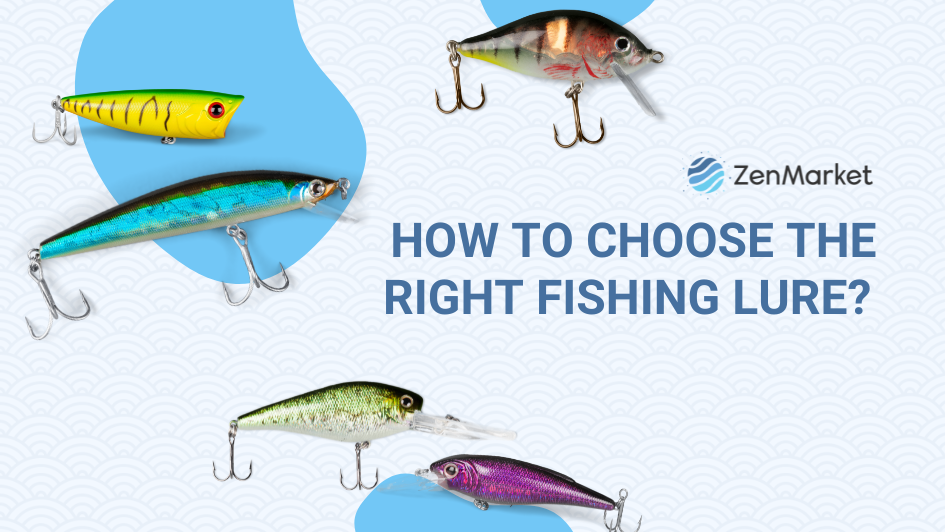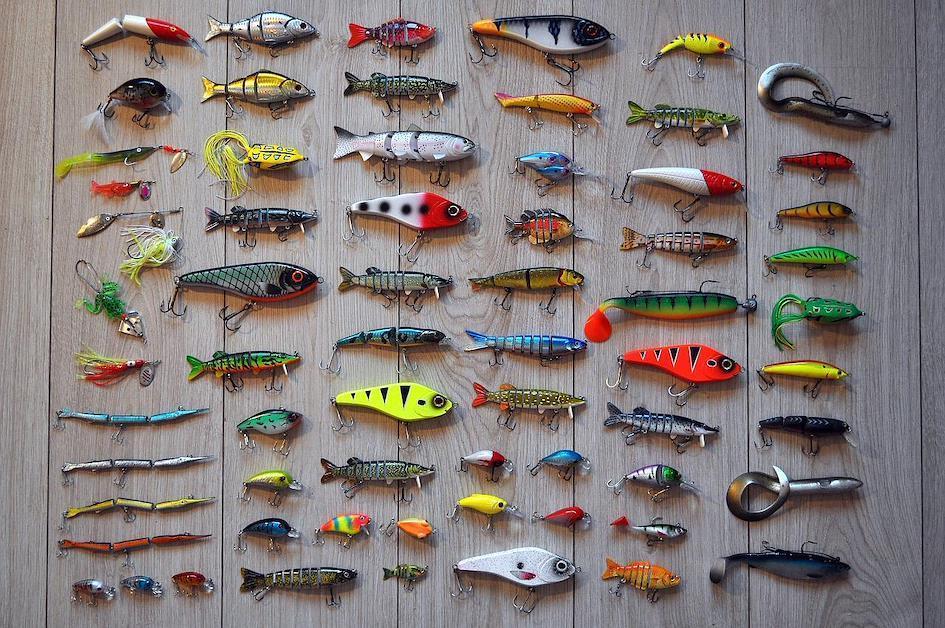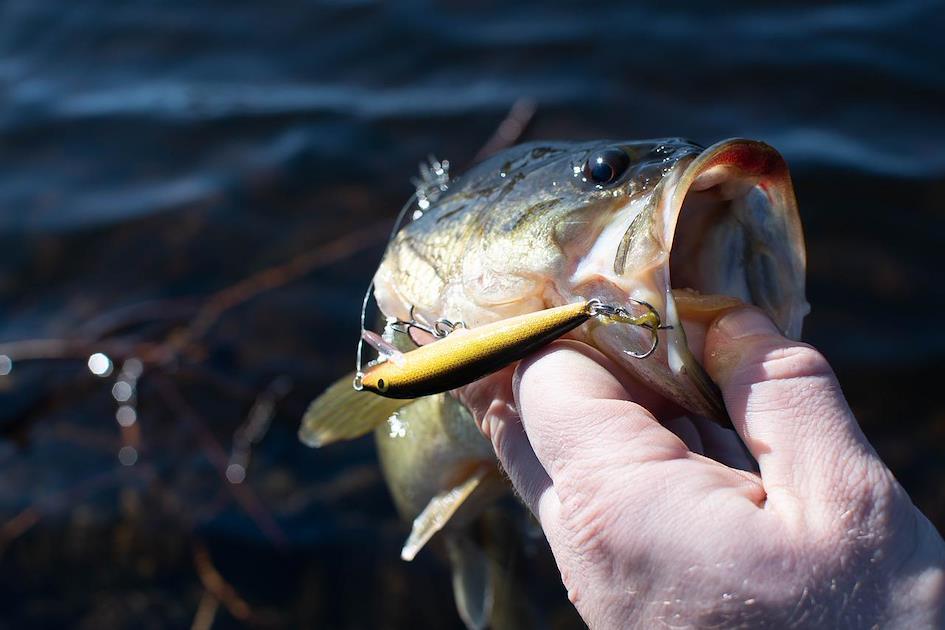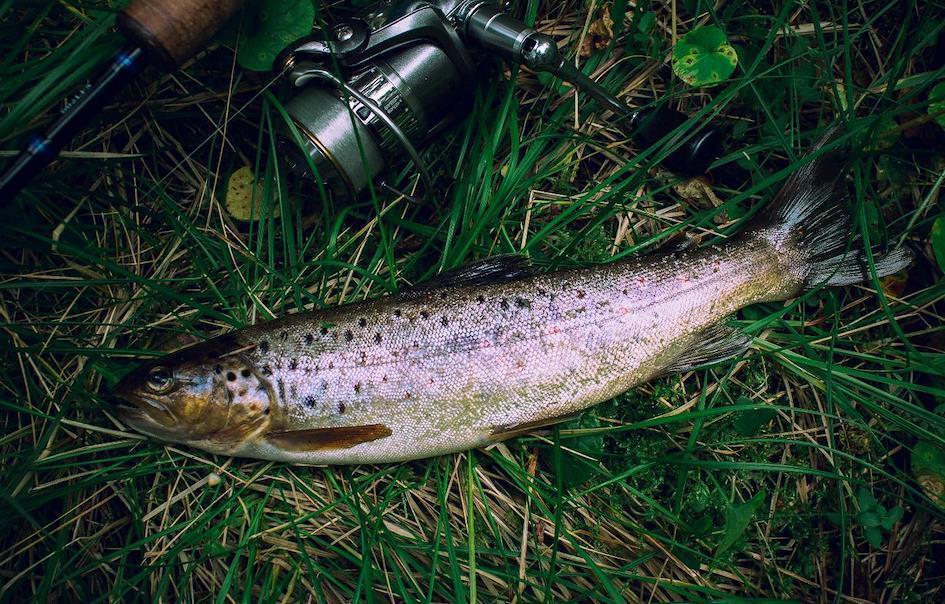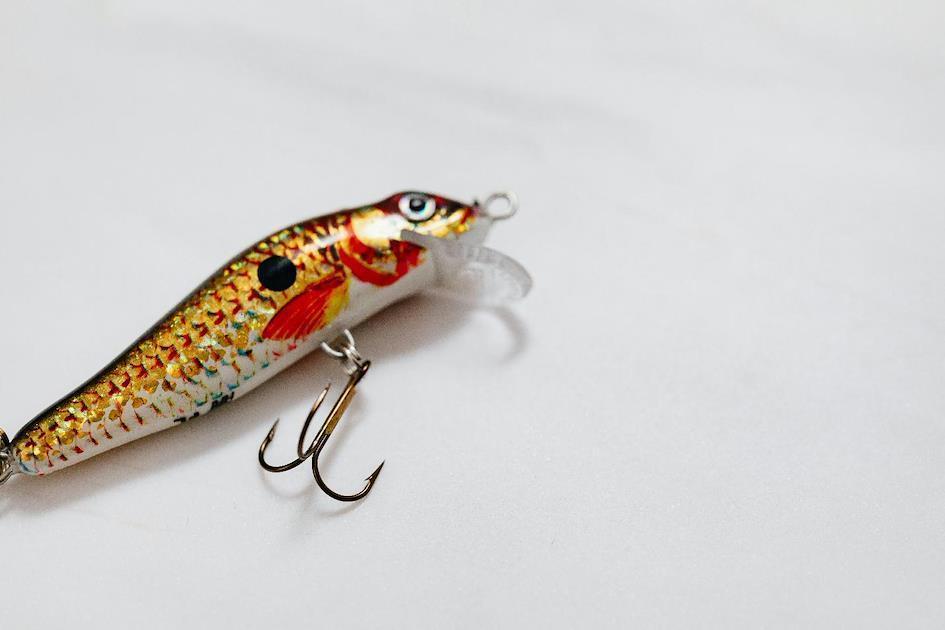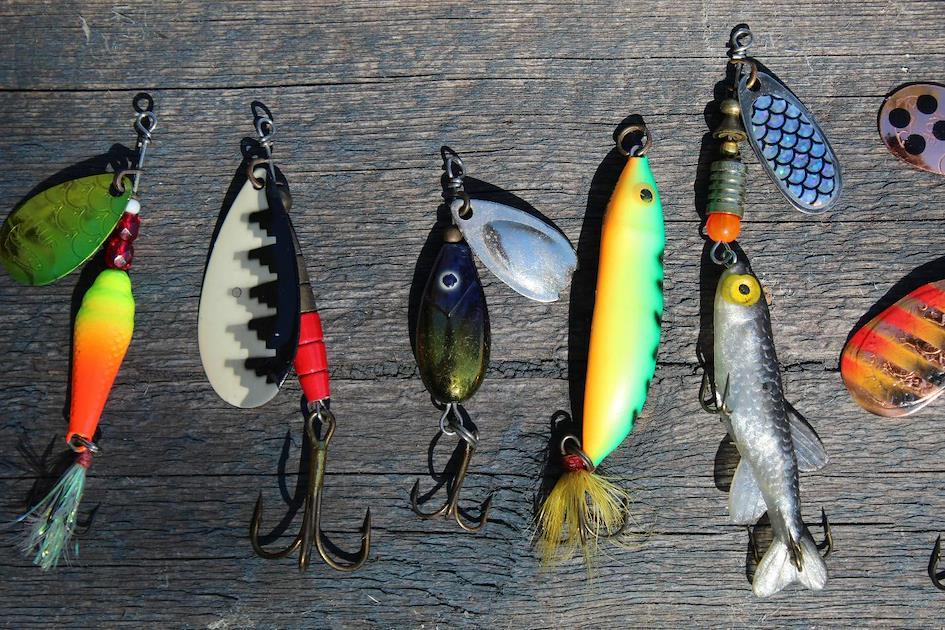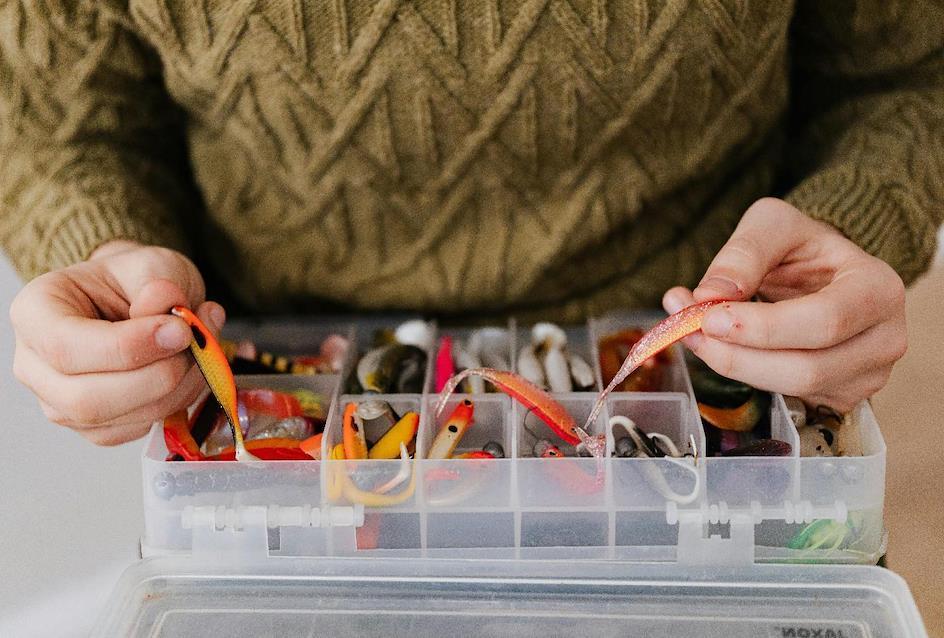[ad_1]
There is an abundance of different fish species all around the world, and anglers need specific fishing lures for each species. The question we all want to know is: How do I pick the best fishing lure? We’re here to answer that question, so by the end of this article you’ll be informed of exactly what kind of lures to look for next time you’re planning to head out on the water.
Source: Image by Miranda Bleijenberg from Pixabay
Different Lure Types
With so many different fishing lure types, it’s complicated to understand each and every one of them and their purposes. General rules, however, make it easier to pick the best lure type for different species.
Let’s take a look at the Largemouth Bass species as an example.
The Largemouth Bass is native to the United States but can also be found in countries like Japan. This species is one of praise to many anglers, and the difficulty it takes to catch them makes everyone question which lure types are the most effective.
Largemouth Bass are commonly found in Freshwater and like to prey on smaller fish or bugs on the top of the water, or in shallow water most of the season. Anglers should try to pick lures that imitate their prey, but with so many different lure types which is the best one to choose?
Source: Image by Michal Dziekonski from Pixabay
Should you use a swimbait, live bait, crankbait, spinnerbait, or jig? It gets complicated when they all imitate some form of the species’ prey, but we’re going to make it easier by distinguishing guidelines that will help you make the right choice.
Also Read: TYPES OF JAPANESE FISHING LURES
The Size of Lures
One of the most important factors in determining the best lure is size. As you may know, different fish species take on many variations of shapes and sizes, and it’s these sizes that determine the size of the lure you need for success. Let’s use the Rainbow Trout species for example:
Source: Photo by Nataly Grb from Pexels
The Rainbow Trout species can grow big at times but averages around a smaller 20cm in small streams and lakes. This fish naturally likes to prey on small minnows or fish, and fish eggs in the streams.
In determining the best size of lure for our example, it would be wise to select a lure that imitates the size of a small minnow, something of around 3cm to 4cm. As you can see, it’s generally acceptable to use a lure that is significantly smaller than the average size of the fish you’re targeting. If you select a lure that is too big compared to the fish, you may end up scaring the fish away.
Many anglers make the mistake of picking lures that are larger in the chance to catch larger fish. While this may be true in uncommon circumstances, normally, most species want to expend less energy for their food. Smaller lures seem like easier prey and still attract both larger, and smaller fish.
There is a saying that goes, “You can never use too small of a hook, but you can always use too big of a hook”. This rule doesn’t just apply to our example of Rainbow Trout, it applies to almost all species. Once you have figured out what size lure you need it’s important to note the depth your lure takes on compared to your targeted species.
Also Read: BEST FISHING REELS FROM JAPAN
The Depth of Lures
Similar to lure size, the depth of your lure matters immensely when trying to pick out the perfect type. Each lure is designed to swim down to a certain depth to target different kinds of fish. Let’s look at an image of a crankbait to explain how the depth of lures works.
Source: Photo by Karolina Grabowska from Pexels
This crankbait shown has a small plastic lip on the front. This plastic lip pushes on the water and forces the bait down as you troll or reel the line. Small lips like the one shown dive anywhere from 2 to 5 feet under the surface depending on the speed at which you reel your line in. If the lip is larger, the lure will swim deeper. Other baits such as frogs or top waters may float. These baits are designed to stay on the surface to provoke a surface attack from the fish.
When deciding the best lure type, you must note the depth at which the species you’re targeting likes to spend time, and the depth at which you’re fishing. For success, you must adjust lure types to water depth and the depth of your targeted species. Make sure to buy the right lure for the right depths. Many lure types such as crankbaits have the depths listed on the packing where they swim, others such as jigs are weighted, and the heavier the weight the deeper the lure will dive. Once you have figured out the size and depth of the lure you want to purchase you’re one step closer to effectively catching fish.
Shop Fishing Tackle from Japan
The Imitation of Lures
Source: Photo by Anne Nygård on Unsplash
There are different lure types for different imitations. Most are visible by the naked eye, such as crankbaits and swim baits, which imitate smaller fish. Others such as jigs are less obvious and may imitate worms or other bugs that have sunk into the water. If you head on to the water and see a large population of minnows for example, it’s likely the fish are preying on them and it’s a good idea to select a lure that imitates a minnow. Another example would be top water bugs, if you see Largemouth Bass or other species surfacing to eat bugs or flies on the top of the water it would be a good idea to use a lure that floats on top of the surface. This is a critical part of selecting the best lure, and it starts by understanding the prey in the water you’re fishing and adjusting your lure choice based on the information you gather.
Also Read: TOP JAPANESE FISHING ROD BRANDS
Brand of Lure
What are the best brands of lures? Everyone wants to know the answer to this question, but does it matter? It does matter, but better brands won’t guarantee you catch more fish. What better brands will do is give you the confidence in your lures to uphold when a fish is on the line.
Source: Photo by Karolina Grabowska from Pexels
The importance of a good brand comes down to quality and durability. Brands with extensive history and great quality are usually the most successful because people can use their lures repeatedly with less wear and depend on them to get the job done when a fish is on the line. Brands such as Gamakatsu, Gary Yamamoto, and Rapala are some of our favorites that deliver quality lures that don’t wear easily and imitate fish correctly. But where can you find brands like these and so many others?
Shop Fishing Tackle from Japan
The Best Places to Buy Lures
It’s no secret that Japan produces some of the best fishing brands, and these brands sell their products all over the world. There are many fishing lure distributors and marketplaces over the internet to purchase from if you want the convenience of shopping at home. No matter new or secondhand, ZenMarket makes it easy to find the exact fishing gear from Japan that you have been searching for.
Also Read: WHY BUY JAPANESE FISHING TACKLE
Have you signed up for ZenMarket yet?
ZenMarket is the place to get your hands on goods directly from Japan!
[ad_2]
Source link

